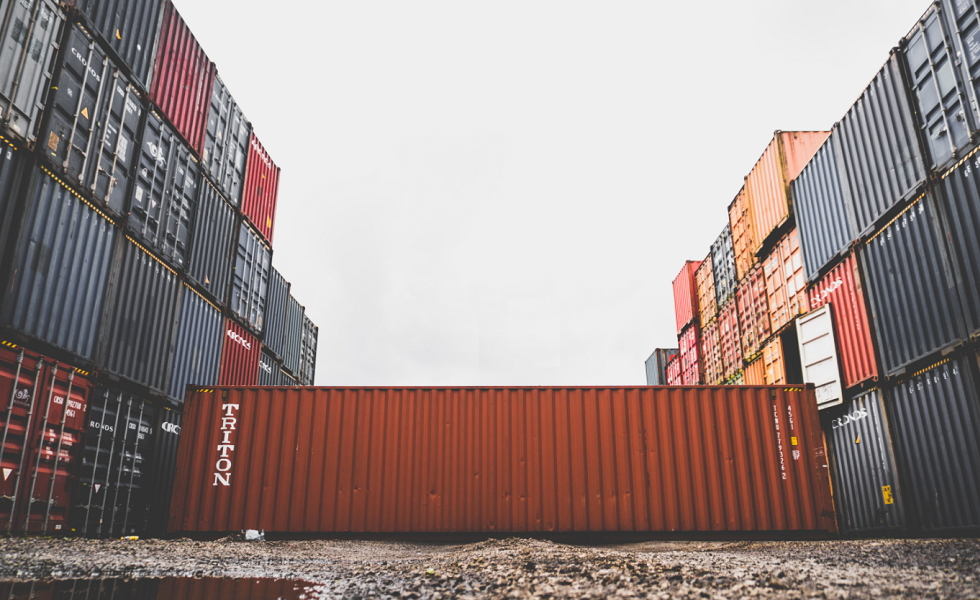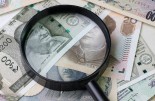La Française: Conflict in Ukraine, supply-chain shortages and soaring prices - accelerators of sustainable development

By Patrick Rivière, Executive Chairman of La Française Group
In the aftermath of a global health crisis that disrupted production chains, Russia's invasion of Ukraine, the first cross-border conflict in Europe since World War II, marks a major tipping point not only in a geopolitical sense, but also from an economic and financial perspective.
Europe's inability to effectively sanction this invasion painfully demonstrates its quasi-total dependence on Russian fossil fuel imports; a dependency which, placed in the context of “global warming” and economics, advocates for a swifter transition to a sustainable economy.
Key issue of inflation
War is always inflationary, especially when it involves one of the main producers of energy, and industrial and agricultural commodities in the world. The general rise in prices across a number of key economic sectors serves as yet another reminder that in order to guarantee Europe's sovereignty and avoid serious consequences for the European economy, there must be a transition to energy sources that do not emit CO2.
Before the war, the main consensus was that inflation would be tamed in 2022 and start stabilising in 2023, in line with the average level of 2001-2008 – i.e., 1% above the period of low inflation in 2008-2020. We must now add at least 1% more to the trend – i.e., 3% in the euro area and 4% in the USA. But, whatever the outcome of the current direction of monetary policy, the medium-term inflation reality is expected to be higher than in the past, both because the decline in globalisation reduces the benefit of comparative advantages in international trade and the necessary energy transition will increase production costs.
Accelerated trajectory for climate transition…
In tandem with the objectives of the Paris Agreement, Europe can only achieve its energy sovereignty by significantly increasing its investments in low-carbon energies and improving its energy efficiency. The scenario requires a level of investments on par with those made after World War II.
The strengthening of the welfare state and of “whatever it takes” provides a response – if only a partial one – to the question of financing this transition. But what about the new economic reality, namely negative real rates? In the more inflationary environment at present, zero interest rate policies adopted in the aftermath of the global financial crisis have resulted in conditions of strongly negative real interest rates. And given the scale of the investments to be made, real interest rates will need to be kept very low for States to finance these investments.
Real assets, financial assets: diversification remains at the heart of the investment strategy
Even if its systemic nature is recognised by the central banks, the climate risk (which covers the energy transition) is not the only risk to be taken into account in an investment strategy. Traditional economic and financial risks remain and the need to diversify between different types of investments has become more pressing, particularly in a geopolitical environment marked by deglobalisation.
Real estate assets
The Ukrainian crisis and the resulting inflationary spiral have consequences on the real estate sector, the magnitude of the outcome will depend on the quality and management of assets and the solvability of tenants. A priori, assets with inflation-indexed returns, such as office real estate, should perform well. Even in periods of stagflation, when weak growth weighs on vacancies, real estate has historically generated positive total real returns. In fact, the weight of inflation indexing is greater than the braking force caused by pressure on interest rates, particularly in a scenario where strongly negative real interest rates are maintained.
But with inflation, the issue of tenant solvency may arise, as it could prove difficult to pass on the rent increases stipulated by the indexation mechanism. So-called Core assets, which are centrally located and have tenants who are price setters rather than price takers, are better positioned.
On the asset owner side, carbon-intensive assets will be penalised more than portfolios of next-generation or more recent assets, managed closely from an energy-consumption perspective. More than ever, it is necessary to analyse the dynamics of growth, inflation and interest rates, not to mention the evolution of the durable characteristics of assets, which increasingly justify the performance of the real estate market. Thus, a new real estate valuation model is emerging, far removed from the traditional “risk premium compared to “risk-free” long fixed rates” model, which now includes a “green premium” alongside the indexation mechanism.
Financial assets
Against this backdrop, asset rotation in necessary in the search for yield: it is no longer the compression of interest rates that will drive performance, but rather strong and foreseeable real-retun growth potential. In this regard, assets with returns directly linked to inflation, such as floating-rate bonds (just like real estate), are well positioned, as are assets that are sensitive to increasing interest rates, like the banking sector with subordinated debt. On the equity side, the technology, construction, and transport sectors and more generally all companies developing solutions to fight against existing imbalances and global warming should also benefit from this environment.
Cross-asset allocation
Long before public awareness of global warming, putting together a competitive investment portfolio required combining the characteristics of real assets like real estate, financing assets like bonds, and long-term growth drivers like stocks. These three asset classes are complementary in terms of returns and associated risks, regarding the breakdown of returns between yield and capital appreciation and their reactions to economic, monetary and demographic fundamentals.
Cross-asset portfolio construction is even more strategic with the emergence of climate risk, which takes into consideration the energy mix. At La Française, we are convinced that the multiplicity of possible climate change scenarios and their consequences on the economy and markets calls for an integrated "Climate transition" strategy that spans across real estate, corporate bonds, government bonds and equities; a strategy that applies the same investment philosophy, makes use of the same analytical tools and reflects the same consideration for climate transition, regardless of the asset class. This crisis (one again) validates our multi-asset business model which includes real estate and supports our strategic positioning around real assets and the energy transition.










